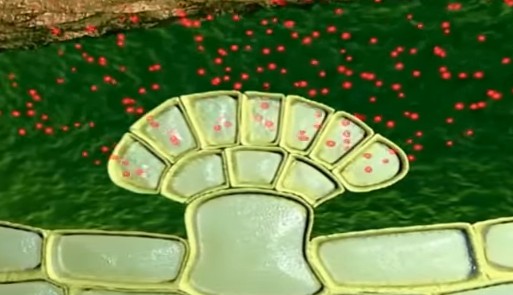An accumulation of action potentials is behind Venus Flytraps’ “decision” to keep closed and start producing digestive enzymes once their trap sensors are triggered, scientists at Universität Würzburg have found.
“The carnivorous plant Dionaea muscipula, also known as Venus flytrap, can count how often it has been touched by an insect visiting its capture organ in order to trap and consume the animal prey,” said Rainer Hedrich of Universität Würzburg in Germany.
The researchers wanted to understand how Venus Fly traps decide to close and how they decide they have something to digest. After all, the researchers noted, closing their traps around an object and filling with digestive enzymes is biologically costly, and sometimes their sensors are triggered by stimuli that are not prey at all — “false alarms.”
The researchers sought to test this by implanting artificial sensors in a Venus Flytrap. The sensors are thin spikes that stick out of the inside of the plant’s interior walls. They then flicked the sensors to cause the plant to close. When the scientists continually flicked the sensors, the plant became excited and began to produce the acidic digestive bath that fills their closed lobes.
By means of accumulated action potentials, the plant understands that what it has caught is in fact a struggling insect. It also understands the size of the insect by the number of the sensors it triggers.
“The number of action potentials informs [the plant] about the size and nutrient content of the struggling prey,” Hedrich said. “This allows the Venus flytrap to balance the cost and benefit of hunting.”
To eat, the scientists concluded, a Venus Flytrap requires at least five contacts with its sensors. The second trigger closes the plant, the third and further triggers activate touch hormones and begin the production of digestive enzymes, and the fifth begins the uptake of nutrients.
The report, “The Venus Flytrap Dionaea muscipula Counts Prey-Induced Action Potentials to Induce Sodium Uptake,” was completed by Böhm and Scherzer et al, and was published in the journal Current Biology.
By Andy Stern

